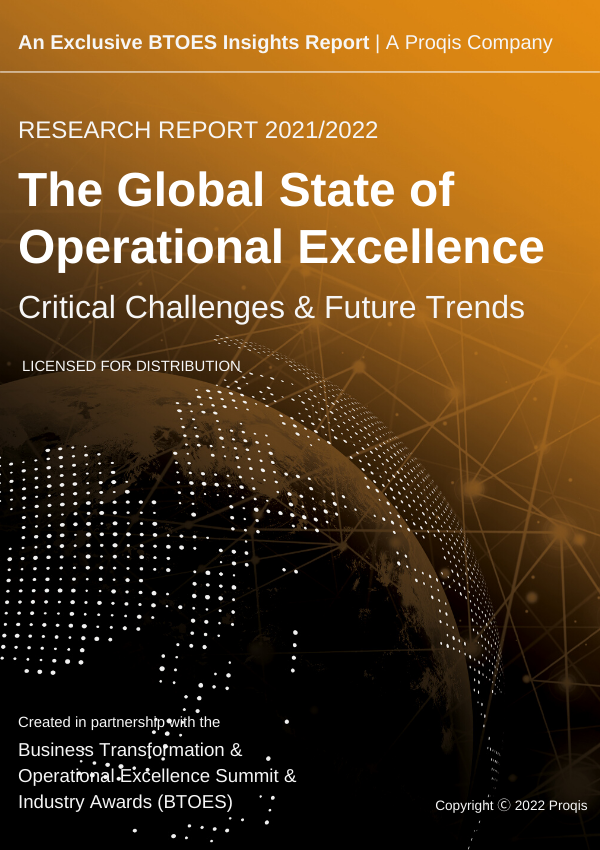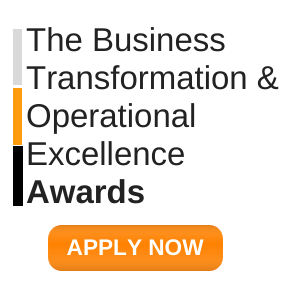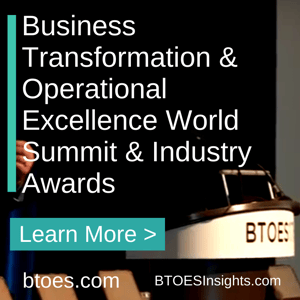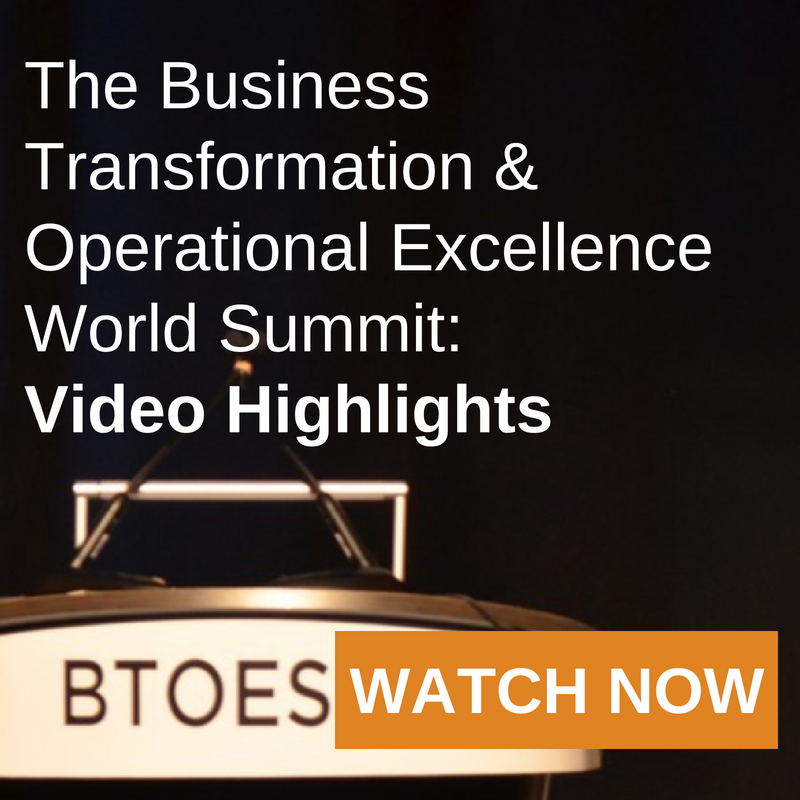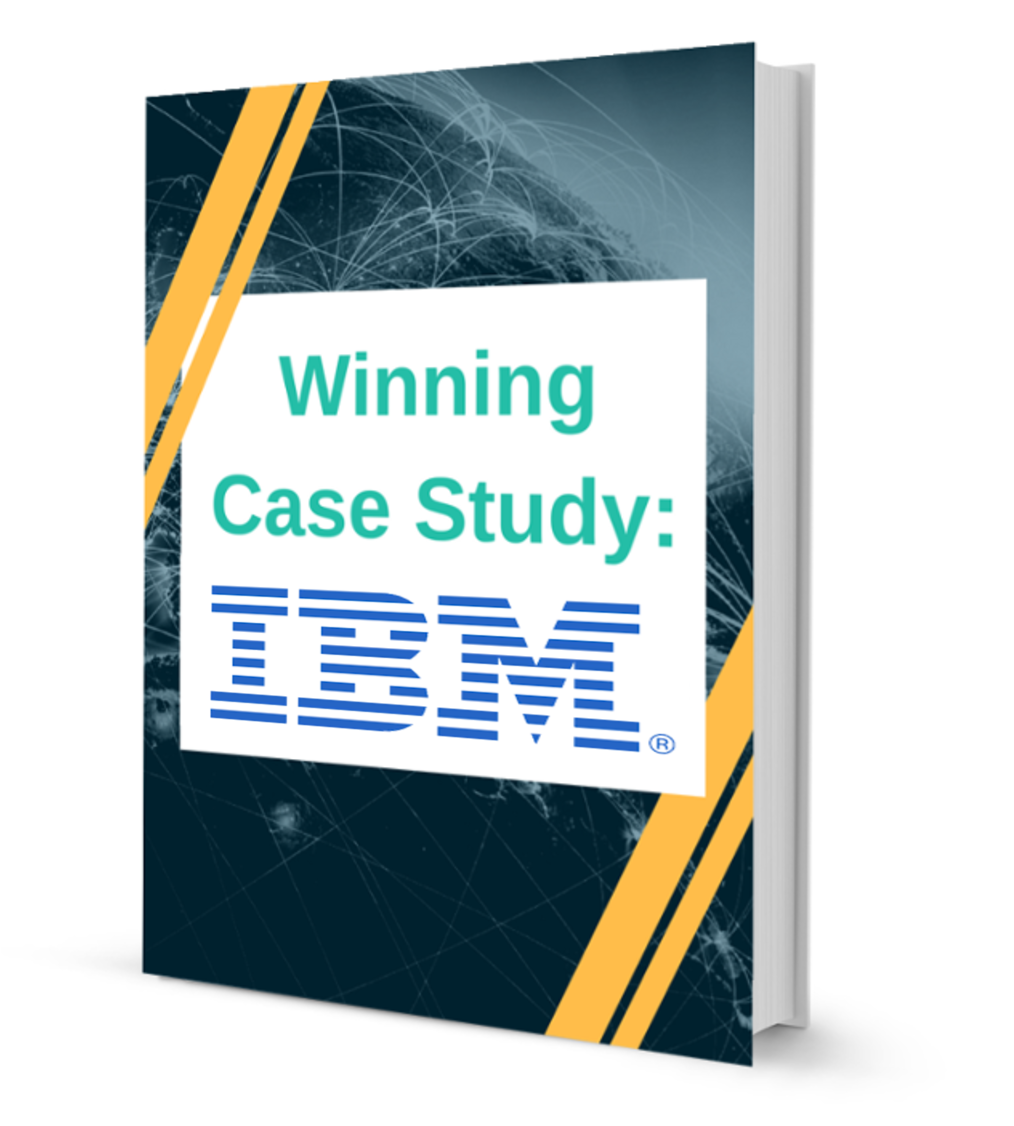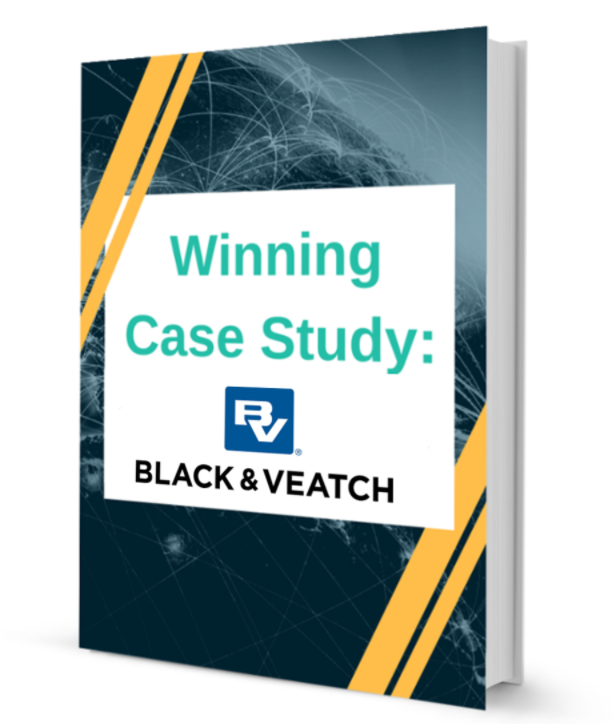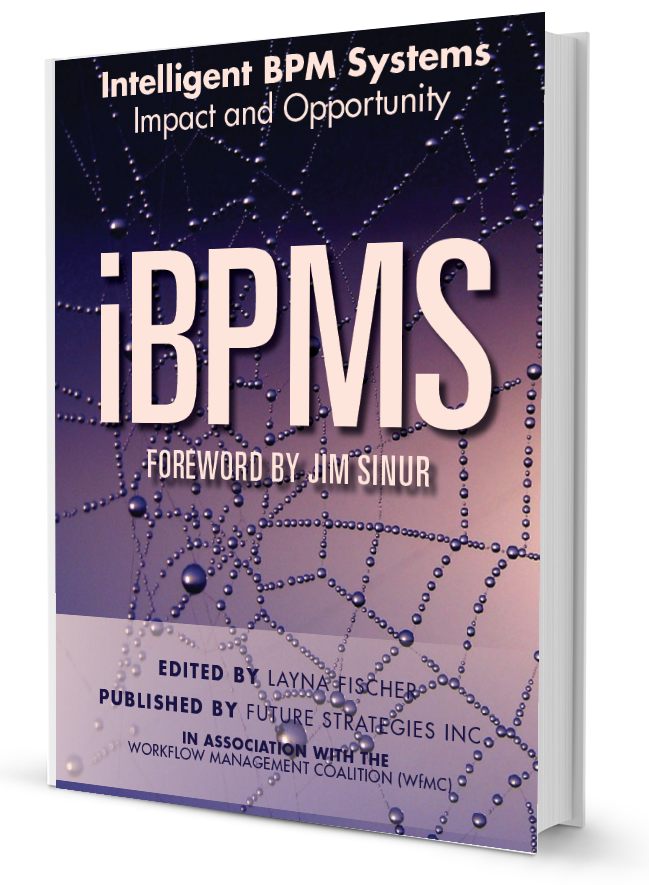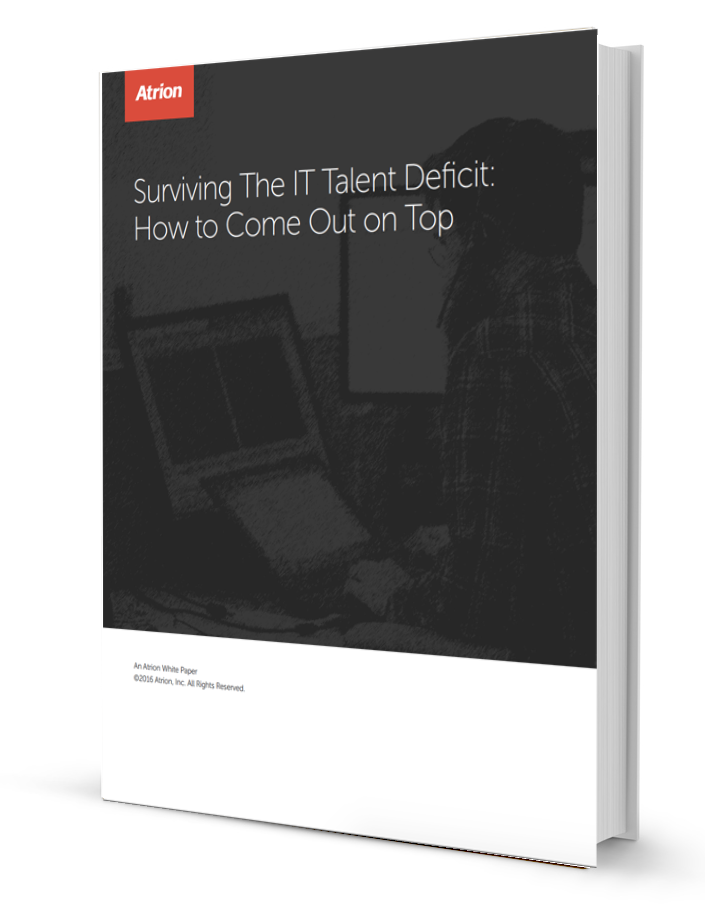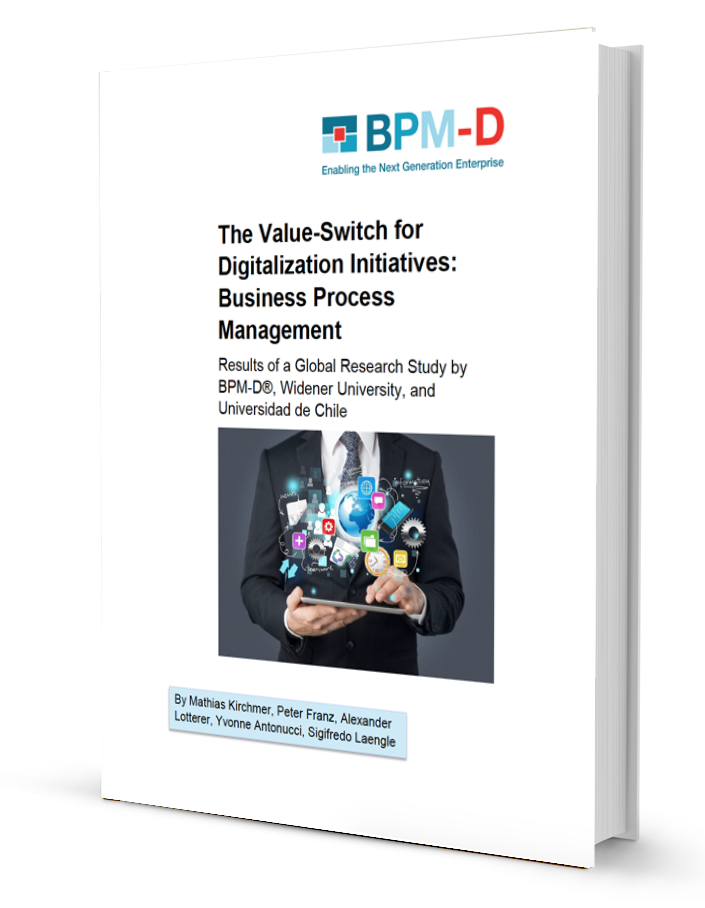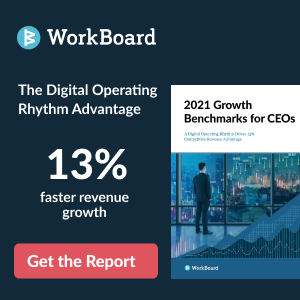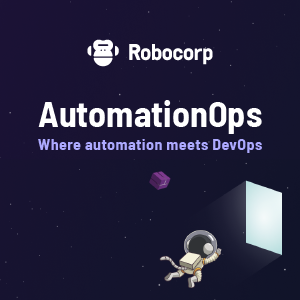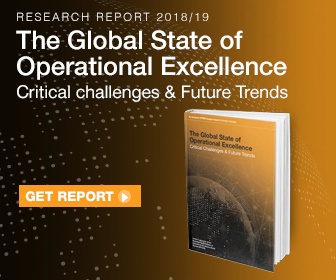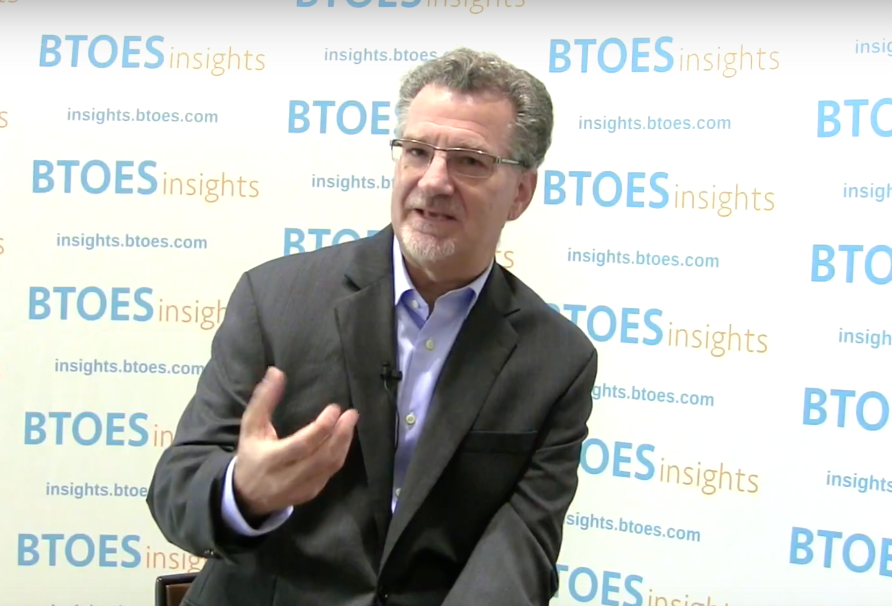Session Information:
Unlocking Human Potential with Automation in the Post-Pandemic World
The impact of the global pandemic in 2020 caused organizations to make dramatic changes to their operating models to support remote work while also ensuring business continuity. These changes were largely fueled by IT and automation initiatives, and in many cases were implemented in record time to meet the needs of a rapidly changing environment. Analysts predict the momentum from 2020’s IT and business transformation initiatives to carry forward and we’ll see a similar, if not enhanced pace in the coming years.
This continued focus on automation will have an impact on the job market. By 2025 the World Economic Forum anticipates ‘the time spent on current tasks at work by humans and machines will be equal.’ However, most analysts agree that new jobs created because of automation will outpace jobs lost. In tandem to these automation goals is an accelerated focus on upskilling and reskilling of employees.
In this session we’ll explore how organizations in both the public and private sectors are using the momentum created in 2020 to redefine the workplace by unlocking human potential with automation in the post-pandemic world.
Session Transcript:
Due to the host of that panel, Brandon knots.
Yeah.
Thanks very much. Good seeing you to appreciate having us on today.
Fantastic, Brandon. I'll leave it to you.
Look forward to hearing what, I'm sure, will be a fantastic panel discussion.
Perfect. Thank you.
I'd like to bring my guests on immediately to join the fun here today.
We have Kevin Crohn joining us from PWC as well. We have Taylor being here and joining us from the US. Air Force. Guys, welcome.
Thanks, Brandon.
Thanks, Brian, and good to be here.
All right. So here's how I'd like to start off, and I want to jump right into it. First, is just a real brief introduction, to set the tone for the types of things we're going to talk about. Let's do some quick intros, and then jump into some questions. So, to set the stage, right, what we're hearing from companies right now, and what we're seeing from white papers like the World Economic Forum's Future of Jobs report as well as recent IDC paper that came out.
When we look at what happened during the pandemic from a digital transformation, since everybody accelerated, right? Many companies achieve their entire year roadmap in a matter of months.
And coming out of that experience.
Nobody is looking at at the future saying, OK, let's go back to pre pandemic pace right where we're not going to slow down. In fact, most research is pointing to the fact that we're going to keep accelerating this pace that we've experienced over the last year. Well, at least do that in 20 21, if not more.
So for discussion, I think, one, it's safe to say RPA is here, it's proved itself that it's, it's not really up for debate.
The questions that are coming through from customers and from the industry now is, how do we keep moving that forward? Whether it's citizen development, whether it's more advanced capabilities, like document understanding, and working with unstructured data.
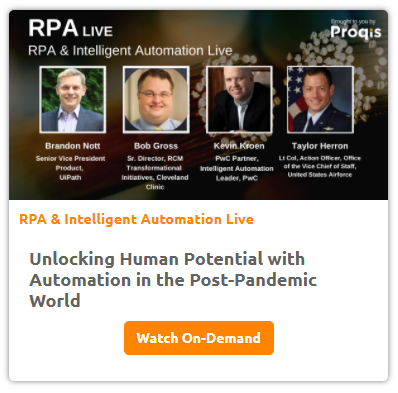 Changing, evolving the human experience into more complex interfaces, like apps and more engaging and enriching human to robot connectivity.
Changing, evolving the human experience into more complex interfaces, like apps and more engaging and enriching human to robot connectivity.
So, for this conversation, we're really going to focus on this evolving technology, and as well, what's the human impact on all of this? Because the more that we talk about robots, ironically, the more and more the story becomes a human story about how we are engaging with them. So, having said that, I'd love to get some introductions. Kevin. Can, can you give us a little bit of background in, as well, help help frame your experience in the context of this constantly evolving world that we're in?
Sure. Branded unhappy too. So just as a quick introduction, Cameron Crowe, and I'm a partner with PWC in their products and technology practice. I lead a number efforts around intelligent automation in Upskilling and have been focused both on products and services that we provide in this space.
Coming out this discussion probably from two different perspectives, one, PWC has been on its own digital transformation and how we operate internally as a company and have played a role as an advisor and helping to guide that. And we've, you know, as we've looked at our business, we think a lot of friends talking about in terms of both probably the pre pandemic disruption that we saw coming and then how that's been accelerated. And built upon during that and hopefully share some experiences from that. The second is, as a client server professional, you know, we're dealing with our clients every day and advising these issues, and I think, as we look across different industries, companies have different maturity levels, We're learning all sorts of interesting things around what, you know, what are some of the challenges? Be.
What are some of the outcomes that companies are going for and see, what are really the blockers and getting there, and looking at some of the different aspects from the people aspect, from an operating model aspect and our risk aspect and and so forth. So hopefully cannot share some perspectives today and make this an engaging discussion for everyone.
Pick your unmute branded.
Thank you. Thank you for being here. Bingo. Over to you.
Yeah, I think.
Thanks, Brady. So like Kevin basically worked to kind of handle our digital upskilling for our Air Force.
Some astronauts are basically worked with a bunch of staff, so based our number two in the Air Force across a range of initiatives, we get a lot. So 700,000 people.
We've got about 90 bases which are based in many cities. So we do everything for them.
No, launch of missiles to two planes.
Still idea of cooks in the finance, you have medicine and all that. So it's it's a really big portfolio for us.
So there's a lot of things we try and tackle. But I think the common denominator and all those data may come down and moving at speed. And today's, you know, kind of environment, it's hard to get your data right.
In our case, obviously, a huge piece of that.
So we're gonna really, really fast. But RPA.
We are doing that, as you would imagine, industry our size in many different ways. A lot of that is enterprise level stuff.
But what I'm most excited about is also the Citizen Developer aspect to that, because the last tap into a whole different level for ecosystem.
So I'm excited to kind of expand on that as we go. And I'm just excited to talk.
Excellent, thank you. And a quick introduction for myself. Brandon ... was a customer before it was an employee, Iran Operations for a mortgage company and implemented UI path. So I got to see firsthand the benefits, but also the challenges at that time of building out a practice. And it's safe to say, I fell in love with the technology and wanted to come to work for UI path full-time, and help work with other customers and partners in that ecosystem, to help everybody be successful.
All right, so let's, let's jump right in, and bingo. I want to continue a couple of comments from your update there.
 You know, traditionally even when we think about the private sector, I'm sorry, the public sector, there's, there's a stigma of moving slower than than, say, the private sector. But in your case, and what's happening in the Air Force right now.
You know, traditionally even when we think about the private sector, I'm sorry, the public sector, there's, there's a stigma of moving slower than than, say, the private sector. But in your case, and what's happening in the Air Force right now.
You've. You've turned that on its head. I mean, your, your example, your implementation is one of the best around.
How are you doing that? And what is your forward outlook?
Yeah, you bet. We're still lessons learned from other really good industries. That's what we do.
Now, I would say, for us, a couple of key components that we do are, we are heavily investing.
So, like I said, we've got a lot of individual efforts out there, but we also, you know, there are a couple million dollars trying to spark the ecosystem a little bit last year, and are actively looking how to scale that. now.
I think, key for us was senior leader buy-in.
So, what we've found is that this isn't something that's easy to do, just completely grassroots. And you can do a little bit of that, but certainly building the ecosystem that supports that, particularly for an enterprise level.
That kind of effort, is really important, specifically for us, because we will have single programs that will touch each those 90 bases. So, as you.
Enterprise level support.
Um, so, for us, you know, we basically got senior level, or senior leader level endorsement, to kind of push really hard, because they see the value.
Then, really, you know, we've actually self funded the ability to get people over that initial learning curve, because for a lot of RPA, we're working with a digitally savvy force. I think we pride ourselves on that.
But for anybody, and I talked a lot of folks know, they think they've gotta get in there getting Python or Go crazy and start coding out. It's just that barrier to entry seems a little scary.
For citizen developer stuff, it's not. It's not blindly easy. There's some stuff you have to do, but it's, it's nothing people can overcome.
And so what we did was try to lower those barriers to entry is as much as we could to allow people to jump and ecosystem, help solve their problems.
And by doing that, we found incredible. And I'm happy to dive into that a little bit.
Excellent. We will get there, but you started talking about barriers to entry and how are our customers, and in this case, you're getting involved?
Kevin, question for you, both internally, you've seen those barriers to entry as well, you help your customers, your clientele overcome those barriers to entry.
How, how can companies who haven't taken that leap yet start to rationalize the opportunity and weigh the that cost benefit?
Yeah, sure. So, you know, I think if we rewind the clock back a couple of years ago, and I mean attending conferences like this, and you talk about the emergence of RPA, opt into discussion, would revolve around something, to the extent of pay, in order to get started and get organized due to form a Center of Excellence. That, Center of Excellence will be the people that you're going to train up and upskill on this. They're going to go around the organization, Division, company, find opportunities, build opportunities to play opportunities. And that was the cost of Generation. one model, I think, as we looked at our clients with that model, kind of saw what worked and didn't work. You know, there, there were a couple of clarifying lawn.
The technology that we're talking about, whether it's RPA, or document understanding, or others, generally worked. And I think it, you know, there wasn't an issue with. It just doesn't fit into the enterprise environment.
The issues tended to be with issues of scale, velocity, speed, and it kinda showed it, You know, we can't find enough opportunities, or we can't, you know, find enough high value opportunities. Or the lower value opportunities are too expensive to automate and the way we're set up, and, you know, the pace we're going, it's going to take us 100 years to really kind of make any type of material impact.
And so, yeah, I think the, the barrier to jump over or, sorry, the, the outcome to jump over is how can you actually move quicker? But that I think we saw kind of a second trend behind that.
I think a lot of the early stage kind of work was focus purely from a cost takeout perspective and really it was about efficiency. How many hours can I save?
And I was kind of like the standard metric as we looked at most of our clients, and I think if you, if you look forward and kinda combine those two things together, you're, you're kind of presenting a perfect opportunity for the emergence of the citizen led model. one is, you can't do this top-down centrally and move quick enough.
And so, you really do have to think about, how do you actually engage your workforce?
And when I say workforce, talking about kind of your organization's kind of outside of traditional IT technology construct, how do you get them productive with the technology? And productive could mean two different things. one could mean the ability to use the technology, if someone builds, a bot or another digital asset can actually run that. Some of it may be the ability to create ideas for a bot or with the right amount of upskilling actually code and build upon.
And, you know, I think what we saw, that was a couple of major benefits. one, the ability to actually get some immediate scale and velocity both on kind of priming the pump for idea generation. But, also keep, you know, giving a cheap, an inexpensive way, to go after the lower value kinda task level opportunities that are out there, and that was kind of, immediate benefit.
But I think what we're seeing is that, and kind of the great thing about this is the long term vision, and I think it's fair to your question Brendan book, fair to get over.
By starting to think about this as an upskilling journey for your employees and, you know, RPA, maybe one of many technologies, you're training employees on your gift. You're helping to redefine what roles could look like in the future. What does a digital controller look like? What does a digital FP and A analysts, what is a digital client service analysts? Look like, and the benefits that you're gonna get down the road are not going to be apparently, cost.
It's going to be improved customer experience, improved employee experience, better analytics and insights in potential revenue increase. Like, there's a bunch of other benefits that are, you know, with, with the right amount of upskilling. Yeah, I think the mindset shift is really think about, it's not just a long term investment. Like, if I do this now, it gets some immediate pick up on my efficiency agenda.
and I can get some long term benefit out of that, And I think, one, we see our clients, and even some of our internal stakeholders, kinda flip the brain in their mind shift to that. It's pretty powerful.
Indeed, the pile on the applicant.
Yeah, so, I think kevin's piece on mister Roy, either from, it's not just financial, I think is really important.
I do candler thing for large organizations or that financial ROI. It helps justify to know the buy for RPA, but it's a pretty, pretty easy once you get there.
So, no small example for us, and this is all ground up.
-1.png?width=600&name=Email%20Graphic%20Virtual%20Conferences%20(4)-1.png) No edit, in an airman level, no arm enjoins the Air Force to go move data between spreadsheets. I mean, I don't think anyone does, in most industry, maybe some people that, we don't let you know, for a lot of assets that can do spend a lot of your time to get it right.
No edit, in an airman level, no arm enjoins the Air Force to go move data between spreadsheets. I mean, I don't think anyone does, in most industry, maybe some people that, we don't let you know, for a lot of assets that can do spend a lot of your time to get it right.
And so, when you're when you're logging your 12th or 13th, and 14th hour, a day, in its 12th and 13th, 14th hour, you're doing what you're passionate about. What you came into serve to go do this through, probably in the industry.
No problem for the leadership side is telling people to quit, and tell them, please go home and sleep, right? Because they want to get to maybe ask them what tWhen it's, you know, you're going to manually move data around and just work through mechanical processes that isn't, isn't what your passion is.
So for us, that retention piece, and we don't have a retention challenge, the scandal with helping everybody out right now, I think, from a business side, but from a retention perspective.
But there's certainly an organizational buy in. We found people get incredibly fast, not doing their job, when they get an opportunity to actually do their job, and not spend their days just moving data.
So, you know, we're just one example to talk about the different kinds of ROI, So in the Air Force, we will move every 2 or 3 years? So that's part of what we do, That process.
You know, we're moving, I mean, thousands of people, every month. So it's a big machine that makes that happen.
And so for every person that, that gets moved and gets basically re-assigned to another location, there's a big process behind that.
I used to run the process for, for some organs.
Um, that is literally lock yourself in a room for days and throw off the phones and mechanically move stuff between between places. And every hour you investigate that is basically an hour. You don't invest learning about the human side of HR, right?
So think about what is the best placement for a person, where should they go, what's matters, what's going off their family.
All those things that ought to go into, You know, really good HR strategy.
I kinda get eaten up by the bandwidth consuming pieces of mechanically moving somebody.
So in our case, when we put, I was like 30 or 40,000. It wasn't crazy money. I think we already raped.
I think we're six million Roy and just pure labor savings.
But again, it's it's really the ability to re-invest that time to make deliberate placement moves.
We accelerated our ability to get people on what we call on order space content, where they're gonna go, I think, by good 3 to 4 months.
So, what that means at a human level, is it, 3 to 4 months earlier, my wife now knows that, we're gonna go to Seattle, we're not gonna go to Texas, right? Or she can start figuring out where my kid's gonna go to school. Or we can start doing the job hunt thing and all those things that go into it. Right?
And so the ROI goes well beyond the money. The money is an easy one candidates there, but I would argue your wife organizations as much, much bigger.
That's a really good point. Again, you know, the more that we dig into this, it's, it's, this is a human story. This is the people's story. But technology and Roy, and these things are, are kinda, like you mentioned earlier, it's the logistical part of this story.
Bingo.
Something else that I've heard you talk about before it is the amount of outcomes that are expected to be generating generated from your team, but yet, you're not expected to grow your workforce to the Airmen proportionately.
Can you talk to the difference between expectation and allocation there and and how does RPA come into play?
Yeah, but, yeah, I mean, so the short of it is, you know, our entire defense apparatus, not just there for the entire national security apparatus, really, has a lot of work to do to get prepared for pure competition.
No, it is we're walking into an error that it's going to really challenges in ways that we have to challenge. Before candidly, the force that we have today is not the force is going to win tomorrow.
Know, and I like, Liberty, you put on the uniform for reason, we'd like to continue to defend the Nation. Right. So, it's not a nation thing.
But, again, the reality is, there's a lot of work to do.
But we can't also, at the same time, just stand down all the current operations we're doing. Right?
So, like, you require us, and you need us, and we need to be able to defend the nation today, and prepare for tomorrow.
And so it's like, It's not like I'm going to house them building a house.
Yeah, But you have enough money to for one house. So what do you do?
So, you know, both from a personal perspective and then just more broadly financial, we don't anticipate massively increased budgets over the next, you know, decade or whatnot.
and candidly, I don't know the way we should be able to expect those, but, But we're in a boat where we have to be smart. About how we do things, right.
And so, for each of those 700,000 Ehrman, I need them thinking hard about how to create the future that we need to fight went.
No, if they can't do that, if they're bogged down in current processes and so, you know, I used to run a lot of units, but just one unit, Iran, most recently.
Similar, similar thing. You know, we had a state of Tabasco we had to meet.
It took every bit of every elements on my head.
I deliberately stepped down a fascinating deliver to take a chunk of them to go for the future and that's a hard, hard call as a leader to do.
because today's demands don't stop.
So the only way I could get there, candidly is it wasn't by magically snap my fingers and having, you know, 20,000 more people. It was, started how to make the people I have more efficient, And we're giving them the bandwidth back.
And so for me, that was really my passion, and why I jumped in RPA was really just want to get the time back to the government's, its most valuable thing. We can't give them.
.png?width=742&name=Screenshot%20(4).png) It's what we need to give them to allow them to go build the future.
It's what we need to give them to allow them to go build the future.
Excellent.
Thank you, Want to pivot on that a little bit, and Kevin, if we look at that, the World Economic Forum paper, it looked a lot at 2025. That was kind of the, the benchmark. It said, Well, what's going to happen between now and then? How are the skill sets of today going to shift as we approach 2025? And one of the findings was: critical thinking and analysis, problem solving, self management.
These are the skill sets that are going to be top at the top of the skillset food chain, if you will.
Automation.
We know can free people up too to be that, but now we have a gap.
What do you do in order to shift from today that data entry and those rote tasks from today to actually being able to take advantage and and develop those skills?
Yeah. I mean, maybe a couple thoughts embedded in your question brand. And so, I think as we're looking at clients that are trying to crack this problem.
I think there are two different challenges to overcome. This is probably a little bit back to my previous comments. I think one challenge is, what's the journey look like to actually get there? And how can you actually use that journey as a weapon? Or how can you use that as a way that will actually force the upskilling, But then there's also a change management exercise of, like, what's the outcome actually look like? And what is your future employees look like? I think a startup, you know, I think the World Economic Forum study was kind of stating something that I think most people would want someone to accept that. No future.
Jobs are gonna look, but no different than they do today, and in the way of kind of moving from a transaction processing oriented job into something that's more analytics driven, right? You know, I spent a lot of time in the financial services industry. I think there's abundant mentality. If you look at financial services employees in a, say, in the bank that work within an operations or finance construct, third career development path has been brought up by transaction processing. You kind of started a junior level doing something that's more transaction processing, Covey, eventually, move into managing people doing that. You learn.
The businesses are doing that and that's how you kind of grow into senior management role that, you know, as as automation takes place, that's going to somewhat go by the wayside, right. And really, the, what, the, people are gonna win in the future, in terms of moving up the chain, are gonna be once individuals have built that analytics mindset. But then the question is, how do you, it's a chicken and egg thing. How do you actually build that mindset?
And so, I think one, kind of imperative, is the ability to actually teach hands-on digital skills, to employees, who may not have a technical background, with the ability that it's actually one, going to help with the automation journey and make that quicker. But to, it's actually going to equip them with some of the tools they need to develop that analytical thinking, and what will actually make them more beneficial in the future. Both from the perspective of tools they might have at their fingertips to help solve problems.
But, also, the ability to identify, you know, additional things that they could be doing as a company.
I think the other interesting thing, though, and that's maybe the more pragmatic, tactical aspect.
But I think the kind of bigger thing that, an interesting thing that we're seeing is companies are formulating upskilling programs around, quote, digital.
Digital doesn't necessarily mean just, you know, how to code a bot hands-on, but that's part of it, and I personally think it's important, or something.
I live and breathe every day, but we're also seeing the softer side of this get as prioritized and opt in a digital upscaling program, will have a technology track to it. And it's also going to have a softer skills side to this. So how to teach Agile? How do I teach design thinking, product management? These are skills that, you know, maybe in the high-tech industry, have been fairly well accepted, but if I were to go into, say, the banking and insurance space, there's still emerging skills, and something that, you know, people have to learn kind of alongside that.
And I think to the extent, companies are actually focusing on kind of a holistic approach to that, that kind of lens those two together, and we think it's going to be really powerful setting people up for those roles that are emerging in the future.
And it's not just aspirational either.
Right, If you look at that, the world, economic, economic forward paper, Form paver, 66% of employers surveyed said that they expect to get a return on investment within one year, right out of that upskilling program. So is, Is it the case?
That technology is just, there's enough options for upskilling reskilling platforms and the content is there and, like, Are we at the perfect storm where it's just easier to get that return so quickly?
Um, I think we're at the perfect storm for the opportunity to get that return. I think we did, we dig into this a little bit further, both with the World Economic Forum data, and some augmented with some of the data that comes out of our annual CEO Survey from PWC Perspective.
one of the interesting findings is, most cup. And, you know, I think the ... surveys, only 18% of CEOs felt that their company has made any progress on upskilling initiatives, which is a pretty, pretty lost out when you think about it.
You know, and then put that it's kinda complemented with the fact that they also feel they can't from a cost containment and profitability perspective. They can't transform quick enough.
So, you know, the demand is there, The opportunity is there. I think there are, there are still barriers to get there.
I think one is having the right focus that brings together the right stakeholders from an outcome perspective. And I say stakeholders.
I think learning has always been thought about as, uh, HR, chief learning Officer, chief HR officer, type function in an organization, and this really, I think, needs strong partnership from the business and from business units to actually check, charge of that, bears perspective, to actually get the right sponsorship behind it.
 I think getting the right, you know, communications out about what this actually means, and making people feel comfortable with it. You know, PWC, one of the things that we made a big deal about was making employees feel like, you know, we're gonna leave no person behind if you want to go through the ... journey, we'll support you in this will provide the training, the tools, Everything that will make you valuable.
I think getting the right, you know, communications out about what this actually means, and making people feel comfortable with it. You know, PWC, one of the things that we made a big deal about was making employees feel like, you know, we're gonna leave no person behind if you want to go through the ... journey, we'll support you in this will provide the training, the tools, Everything that will make you valuable.
This, it's, you know, for us. It wasn't purely for altruistic purposes. It was also because we wanted our employees to be a weapon in our own transformation. And we felt that that was critical. But, you know, we had to be kind of honest with, with our employee base around this, will benefit you. This will benefit us whether your employee at PWC for the long term, or whether you're gonna get a job somewhere else. We're going to equip you with the right skills in order to do that.
Yeah, So we found that very critical.
I think the, you know, the third barrier is making sure the infrastructure for the company is set up appropriately to take advantage of this and and this may dovetail into probably some other toxic and into.
But I think the other interesting piece as we get into the topic of digital upskilling is resistance at trying to make tools available to the employee side. I think a lot of our clients still have very much of a mindset of IT builds things.
The business provides requirements, and that's kind of an old school cultural mindset that, you know, and you get into saying, OK, you can, can, you know, an operations analyst start using an RPA tool or a data wrangling tool or data visualization tool. And you start to get into the 50 reasons why that can't happen. It's going to, you know. It's going to create undue operational risk, technology risk. It's going to be the next generation of spreadsheets. There's lots of resistance factors that are up there. I think there's answers to most of those in terms of best practices and how we see companies dealing with us, but I do think that that's, that is creating a barrier.
Yeah, I'm gonna touch on that one, because we saw the same thing.
27:45
So, we didn't find a problem getting people upscaled, I mean, candidly, people will jump on Udacity or Coursera, or one of the many different, you know, other platforms are to get up skilled.
But, to me, the only thing worse than upskilling, somebody, was upskilling someone and not then giving them the tools to actually use those skills. Because it's frustrating, right?
Because now they can go home on their laptop, they can code out all they want, they can figure out how to automate the process, and they come back to work with it. can't do anything.
Which is almost a worst scenario for me.
No employee buy in, if you will.
And so, for me, the unfortunate, it absolutely is.
But you know, to Kevin's point, if it's not tied to that governance, if you don't know how to integrate that into the broader ecosystem that you have, you're kinda running. You run with scissors a little bit.
So what we found, and it's not something I'm personally passionate about, but it's something that thing's really important. is the governance aspect of RPA.
So, you know, if I were to take a tool and just say, hey, go nuts, the the reality that people can do, some pretty damaging things.
And so, because the, because they can, there's A risk aversion to to unleash that people to basically use those tool sets.
And even on the, on the novice user side, there's a little bit of a fear factor of I don't know how much I want to do this, because I don't want to break anything, right? So that they tend to stay a little bit more on their safe zone.
And so, I think this is no different than any other professional kind of skill set you have, in the sense of, once you understand the natural structure behind it, you understand kind of where you're moving with it, you can get more comfortable with it. And you can basically have that confidence to, like, run a little faster.
So, for us it was important to do that both for the the airman themselves that we're going to cut out.
Then, also, for the institution that was going to allow them to do that.
And so, you know, we put, that's gonna last count, I think it's, it's brought to 300 people through, just our most recent citizen developer can efforts over the last six months, and we didn't just hand them a license.
We actually brought him in to some training, and walk you through the process re-engineering stuff, partner, mister CPI folks, to, to think through what they're actually trying to automate your little structure about it, Understand the risks, the risks that they're occurring, in all that, all that stuff, and what that does.
Allow them to run a little faster, because it built a confidence, as I did it.
And then, from an organizational side, what we saw was, one, obviously, you know, gives us some controls in that process.
But it also allows us to get after some some pain points that in isolation, may not warrant getting up to in the sense of like.
I can automate, you know, an hour, 30 minutes of work out of my personal day, but that may not be worth it for the institution, just to say a Taylor, parent, 30 minutes, right?
But, if, but, if I can take 30 minutes, I say, and I can scale that, and say, you know, 20,000 people, 30 minutes, well, suddenly, it's a whole different value proposition, Right.
And that individual, we found, wasn't posture to go scale their particular bots. Or, you know, whatever whatever their automation was, that they were working on, Verbal Air Force over the whole organization, but, but layering, in some level of ecosystem, we use orchestrated to do at the base of our Frustration kind of capability.
Still to manage that deployment.
Then, manage the sustainability of those deployments, things like, that. Allowed us to really get after some lower end use cases that in. Isolation would have made sense, but.
A Enterprise level, absolutely.
Yeah, It just happens.
Yeah, just to jump on there, real quick. Pilots are really important point here, which, I mean, we're probably going to almost a full circle back, to the benefits case, and some of the change management aspects to this.
Know, one of our important factors we found in our own internal implementation of a kind of fall, so sled model, was this aspect of creating a collaboration with crowdsourcing, whatever you wanna call it, type movement, for scaling, And it did two different things. one, I think the more immediate thing, which finger right they highlighted was the, the ability to get ROI, even the smallest automations, right? Half an hour, by itself, as a lot, half an hour times, 100 or a thousand starts to add up to real numbers. And we found that that was important. The second thing that it actually did was it created a safer environment because he didn't have everyone re-inventing the wheel, potentially creating dangerous assets.
-1.png?width=600&name=Email%20Graphic%20Virtual%20Conferences%20(4)-1.png) You know, we, we, you know, we created a collaboration platform that, you know, allowed users kind of akin to an Apple App store to upload assets to, and then once those assets are available in the platform for others to download it. By doing that one, it kind of brings out the best ideas I've ever wanted to kinda helps people contribute to creating that. But also, make sure that you're kind of getting the best of breed.
You know, we, we, you know, we created a collaboration platform that, you know, allowed users kind of akin to an Apple App store to upload assets to, and then once those assets are available in the platform for others to download it. By doing that one, it kind of brings out the best ideas I've ever wanted to kinda helps people contribute to creating that. But also, make sure that you're kind of getting the best of breed.
But the second really important part to that, by having a collaboration, it made the governance easier. It.
You know, the message to our technology folks was A, Your role is changing, right. Your job is to build things for everyone. Your job is to monitor and oversee things that people are building and to provide guidance. And we'll give you, you know, help quote, run the platform to make this work.
But then, the second really interesting thing it did was create intelligence around the organization, and actually feed ideas into split some of the bigger end to end digitization type opportunities are out there, by looking at all the little stuff that's there.
And so, at least for us, I think, getting part getting over that cultural hub was one proving that there's a lot of, there's a benefit's case, and there's real benefit to get out of this and the media. But actually, for, for an IT professional, doing their job, this is kind of feeding the beast and giving them all sorts of opportunities that will actually allow them to focus their efforts at the bigger stuff. And I think, at least as we're looking at at our clients and seeing this, that's what, I think it looks getting IT over the hump of this is actually not a threat to me. This is actually going to make my my job as a technology professional, more beneficial, because I get to focus on the most complex, most challenging problems. And I don't have to sweat all the little stuff that usually takes up a good portion of my time.
Can you jump on that?
So that was really important for us to So the what we found is that a traditional model was end-users highlight issue Know, a lot of those issues get highlighted prioritizes and rack and stack then you officer findings apply. There's some cut line you're gonna get after again.
Yeah, yeah. It's a traditional process, it's fine. But, the challenge with that is the things that got funded and supported ... things.
That didn't really is the difference between how well is this and articulate an argument. You know how much stuff we put behind it.
Which isn't OK. Approach, what we found was a much better approach, was when we allow the system developers to actually code their own stuff.
Well, we realized this was, there's a massive difference between something someone would highlight is, hey, this could be nice and something that they're willing to actually roll up their sleeves or two in the morning or code out their own solution to it.
It's important enough for people to try and fix on their own.
To me, those were really good warning sign up. Like, hey, maybe just maybe there's actually something here.
And then, to your point, having that app storage kind of capability, are, we want to deploy it.
To allow folks to effectively grade each other's homework and say, so, really good thing for Taylor and Taylor, use it, but no one cares about of a Taylor.
So, that's interested, you know, do your own thing.
Or, you know, hey, here's some, Kevin. Got it out.
And, by the way, there's a thousand people that rely on this thing, Right.
And then we're able to take our IT workforce and apply them back towards partnering, pardoning, those things that we think, know, basically, the market niche has the most, you know, validity in the organization. That's how can, we went after it?
And then the other thing it told me in a Scottish the future, A bit is, know, my end state candidates, never RPA. From my perspective, RPA allows me to look across multiple work streams, figure out what those common integrations are.
That might not have been so obvious to me where those breakpoints are.
But eventually, once you've identified those, at some point, sorry, at some point, you can roll back in and do actual system integration, right? And you say, here's four systems that apparently need to talk to each other.
Don't, why don't we actually just build that functionality together and so, we look at that as a bit of an indicator for us.
To, you know, a lot of ...
developer, kind of workload, or, you know, work streams to reveal those, those broader system integrations way to work. And ultimately, workshops, Alex, you can see on those different pots.
That's great. So I wanted to try and do my best to pull out a couple of themes here, from, from the conversation that I think are really important, that have been touched on one, right? one was the need for ... that perhaps, are used to that classic top-down implementation implementation methodology to, to evolve as well, and support that bottoms up movement, right? And that requires some new skills, Probably even some new perspectives.
As I think, Kevin, like you said, you're going from just being in that gather requirements, deliver. And then tailoring the rack and stack, right?
That those traps that we fall into, where the process actually influences the outcome, rather than the, the items themselves, right? Being able to speak for themselves. So we've got to change the way that our IT organizations are functioning thinking.
And then there is a complimentary offset change from the business organizations to take more of that on, as well, and be participatory in that bottoms up activity. So neither one is the full solution. You need that top-down, for governance. You need it for some of the larger programs. But that bottoms up that that citizen led or that that human first approach complimenting is going to provide more value. And so you get this 1 plus 1 equals 3 type of of outcome.
Excellent. I want to take a question or two from the audience. And Taylor, maybe we go to you for the first one. Can you share a practical example of an RPA application and guide us through it and describe the benefits?
Sure. So I'll hit Personnel when I'll want to flip a little bit to some little more operational.
So, for us, you know, we have a massive fleet of aircraft, as you would imagine, um, you know, in order to keep those things moving and doing all the great things I have to do, you have to take them and basically maintained on.
Some of that maintenance is, I kind of, you know, just like with your car, it's kinda routine maintenance and some of it is like, depot level, like tear the whole thing apart. You know, and then put it all back together kind of maintenance.
So, if you can imagine, for those very, very expensive aircraft, you know, there's a handful of them that are never an operation because they're out of the cycle, and they're basically a depot maintenance kind of process.
So that process for us, if we get efficiencies out of it, it allows us to basically ship more of that, more of our inventory into the operational fleet versus, you know, basically being stuck over on the maintenance side of the house.
And so an aircraft will come into that world, and they'll be torn apart.
And as they're walking through, there's basically a weekly review that all the people come together and they're like, Here's the things we saw, your next step, that resets every week. Well, I'm in that process.
Historically, then, we call it walk the wall, because they literally print, is a scary but the PowerPoint, up on the wall and here's all different pieces.
You know, you imagine a bunch of people working on this problem, it all up there. And then once a week, they will figure, OK, here's the whole thing. Let's walk this through like what's this doing to make And we're going to go.
And I don't want to go through the details of how much manpower that is, But if you could imagine map are just just enabling the decisions there.
So you can kind of walk through that smart, more smartly.
Well, this wasn't a enterprise down. No, thou shall go fix this. This was a guy that had to go for PowerPoint slides, he put all this stuff, there's man. He's like, I can automate this stuff.
So, he took citizen developer stuff. So he used UI path in this case.
Basically cut it out, work. The automations and he took us from that, you know, once a week snapshot, super laborious process.
So, suddenly, effectively, you hit the button there, which allowed us to, obviously, save them time, so you can spend more time actually maintaining stuff, but it also allowed us to avoid those breaks and in work.
So, you didn't have to pause every week, So, basically, as soon as you identify problems that we're working on. So, that mean, that effort alone allowed us to return aircraft back to the fleet.
.png?width=742&name=Screenshot%20(4).png) I mean, you know, in some cases, up to a month earlier, than they otherwise would, and over the aggregate, that then becomes A Well, if I got more aircraft in the fleet that are actually capable of flying today, If I needed to, that I actually need less aircraft overall, in order to have to have somebody stuck in the maintenance piece of it.
I mean, you know, in some cases, up to a month earlier, than they otherwise would, and over the aggregate, that then becomes A Well, if I got more aircraft in the fleet that are actually capable of flying today, If I needed to, that I actually need less aircraft overall, in order to have to have somebody stuck in the maintenance piece of it.
Exactly.
Where we're going, And that was a citizen lab.
No, So, now I'm excited about it, let's go work at.
It also means that now have the ability to maintain aircraft.
So, if you go to, for an active combat and they start to get treated more often, or they get damaged or whatever, it takes less time to get them into the maintenance realm, and then get back out when it's relevant back on the flight line, we can use them.
Awesome, thank you.
Kevin, one for you, and how do you scale IT support for RPA, and how do you ensure governance?
Sure, It's great question.
So, yeah, I guess, two thoughts that are out there. And I'm actually going to take this in kind of reverse order. the question, I think one, in terms of kind of enabling governance.
I think part of the challenge, and something weird PPC trying to be the market, is, it's not just about the actual digital tools, like the UI pass, or giving them some of the other categories around data. It's also about the infrastructure that you can put around it. And so, I gave the example of an internal automation app store, having a platform and having infrastructure around that to give you the workflow. That allows people to develop things, put them through a basic review process, you can cut the customizer review, processes needed, and then the ability to easily distribute and have those run. And then, the ability to have monitoring and oversight are important aspects, but it's something, and we invested a lot with our, with our partners. Have UI Path working on to make sure that, that worked internally, as we were rolling this out to 50,000 US employees. And it can work at scale.
If you get the right software platforms, infrastructure that's around us. The second part, which is a challenge, and argue this is a good problem to have, but it is a challenge.
You know, as you do skill sets and bottle, you do build up some interesting support questions, and there's really two different challenges to take on. one is a governance throughput challenge, as we have more systems building bots. We, we make everybody go through a formal review process to make sure, kind of basic. You know, technology hygiene is being followed. People aren't hard coding entitlements are putting PII data, hard coded or doing other things into that. That is a, that is a lengthy process and as more people are developing this, It does build backlogs.
We're trying to address that through not just hiring more people, but actually starting to figure out, how do we, how can we automate governance? It kinda goes back to the infrastructure question that I laid out, and thinking about what does your governance infrastructure look like? So the ability to, to the extent we can get smarter around what to look for. You know, the person who's actually doing that oversight from an IT perspective. It doesn't become a manual, laborious process for them.
The second challenge, which I think is going to be the next frontier, as we look at this slide model, is starting to think through this question of asset ownership, long term.
And you know, I think when we rolled out the system model, we took the, the kind of approach of buyer beware, right? If you, if you build a bot, it's on you to support it as the author of that thought.
Even if it gets distributed, you're still essentially the author and the owner so people can come to you as questions. And those are way of kind of distributing out the bottle.
That's great, as a first generation approach to, to that as automation, or develop, that, become more critical parts of business processes. As people start to leave the company and move on to other career opportunities, you're obviously creating issues where someone could build something that gets embedded into a critical business process, and then there are no longer here. That creates business risk, And so the sector child from a scale perspective is starting to think through, OK, what point do you actually need to transfer something?
that is becoming critical into a more formal IT ownership role? And so it's not just a question of IT reviews, approves, and kind of looks at ..., but it may be, you know, kinda going full circle back to the theory about all I've talked about beginning, You know, what what assets do need to be owned by the center, because they have become important and critical enough, and have you actually manage that, that give and take them, on a day-to-day basis.
Makes sense for coming in on time here. So I have one final thought. one final question for each of you, and that's, if, if you could go back in time, before you started your, your RPA journey in your respective organizations. What advice would you give yourself?
Kevin?
Bigger.
I would start, but, um, no, I think is the kind of sums up, you know, this entire discussion is really think about the people, aspects and the change management exercise that you're gonna go through the organization.
I think too often, especially in the early days, the discussion evolved into a, kind of, is it the right technology. And a, you know, what I like to call, kind of like the technology bake-off type to scratch. I'm like, should I use, should be using RPA to do this show, having IT build an API? Should I be doing that in this? And I haven't got too much into a sort of techie conversation.
And I think that was ignoring the challenges that we're dealing with now, around how do you actually take an entire organization on this journey, from, from an Australian perspective, from a permanent operating well perspective, from, from everything else?
Awesome, yeah. I was gonna say go faster. That's sort of what I told myself.
Yes, the, the, I think the one thing that I probably overlooked was the value, the process re-engineering work.
Yeah.
So, know, for me, I was like, oh, this is easy. You know, here's a 12 step process and steps 7 through 8.
There are horrible. So just, I mean, I think you'd be good. Right.
And that's interesting, but I think you run a risk doing it just hardening in very human centric processes.
So, argument centric model is built with all of our, you know, human limitations, and so that's an offset model that are right for person doing it. And, yes, the machine can speed it up.
But you unlock a whole different level of potential.
If you were to just take a step back and say, know, this particular outcome I want to get? Is there another way to get there, if I were able to put the power of machines, and humans together to do this?
And you may find, does not tell us a process and maybe a four step process or the results process or whatever. Right? And so I think, for us, we, we rushed a little bit. And I don't regret it.
But you know, here you go, here's license go nuts as we're gonna learn as we do it.
But I think what we've learned is that people in doing some of that problem deconstruction upfront doing that deliberate process mapping.
You know, a little bit of the process re-engineering work or make sense to make sure that whatever we are, probably baking in with RPA. We're doing it in a way that's going to maximize the ROI.
And not just, you know, adopt the limitations of an old process, that makes sense. Perfect sense.
Gentlemen, thank you so much. And I always enjoy these conversations, and this has been incredible. So, thank you for for coming on. And there we do have a handout in the chat for anyone watching that wants to learn a little bit more about some of the topics discussed here.
Also, appreciate your time explaining. Thank you, Brian.
And you might be on mute.
Brian, you're on mute.
My apologies, I hope you enjoyed the session, as much as I did. My apologies for being Muti, Justin.
Please do catch up with Brandon Tighter and Kevin, and on social media following this event and reach out to them with any queries or questions you may not have had the opportunity to answer during that time. Our next session begins at the top of the hour, 10 o'clock for Armando Jimmy who will be looking at how c.f.o.'s can best leverage intelligent automation. So we'll see you back shop at 10 o'clock, thank you, very much, for joining us, for the opening session, and see what technical takeout.

-1.png?width=235&name=more%20(17)-1.png) Bob Gross,
Bob Gross,
-1.jpg?width=235&name=more%20(78)-1.jpg) Kevin Kroen,
Kevin Kroen,
-1.jpg?width=235&name=more%20(79)-1.jpg) Taylor Herron,
Taylor Herron,













































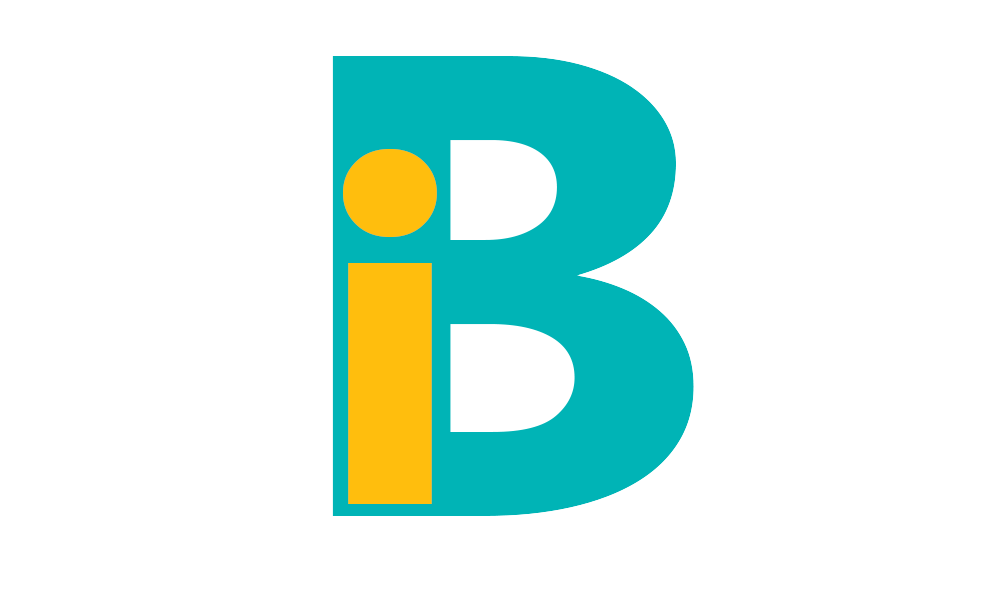
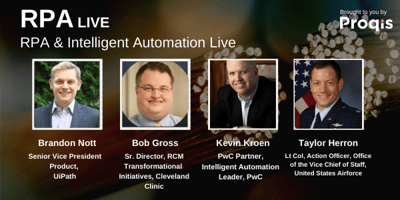


-1.png?width=600&name=Email%20Graphic%20Virtual%20Conferences%20(4)-1.png)
.png?width=742&name=Screenshot%20(4).png)
-1.jpg?width=235&name=more%20(77)-1.jpg)
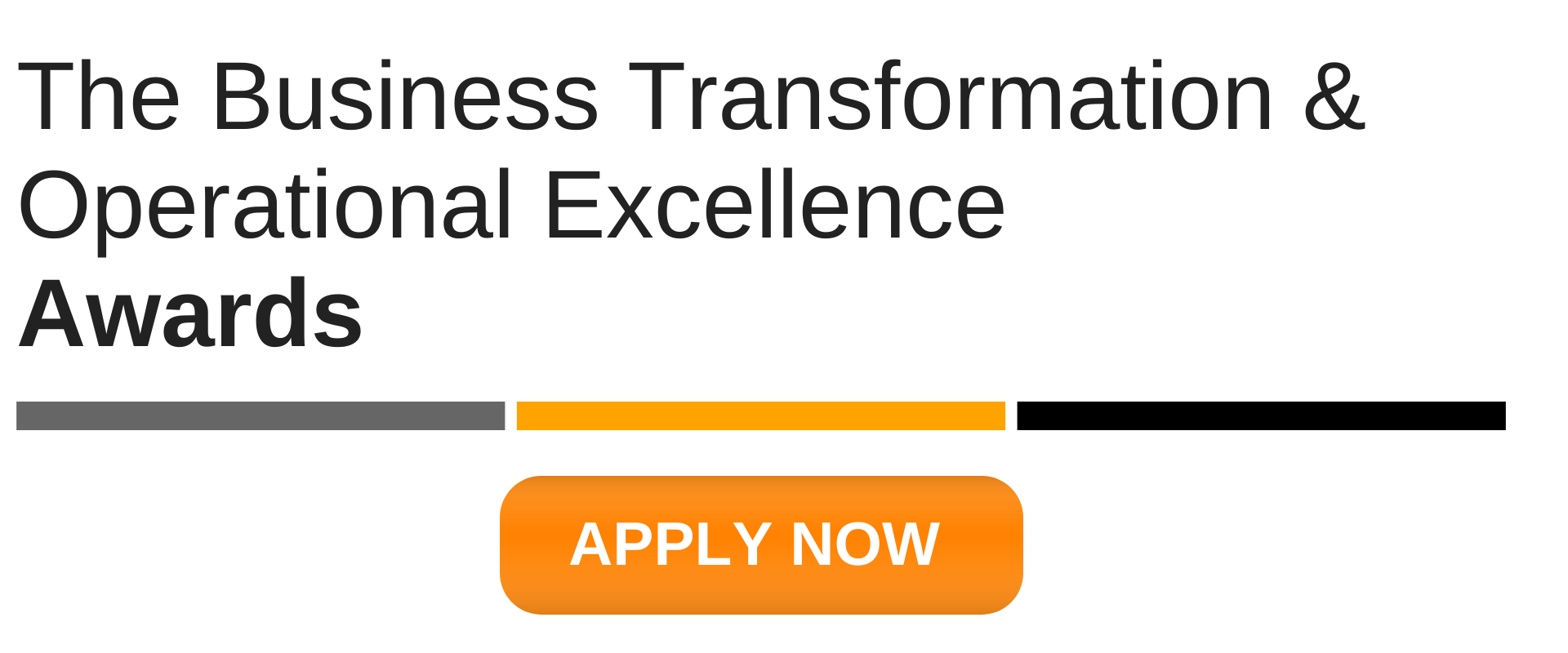

-2.png)
-2.png)
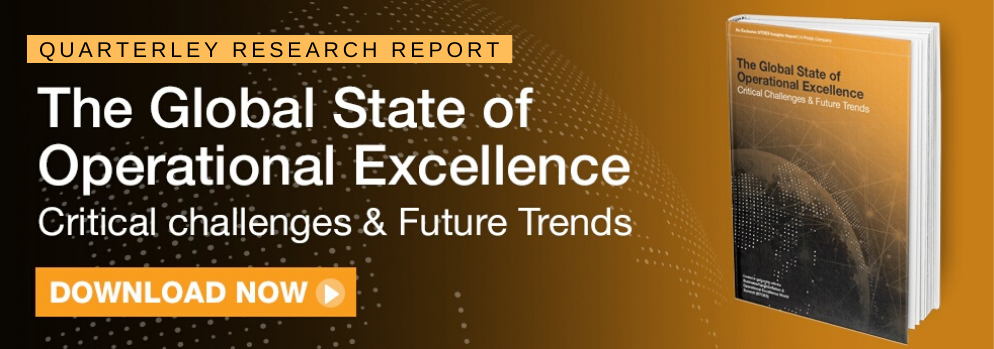

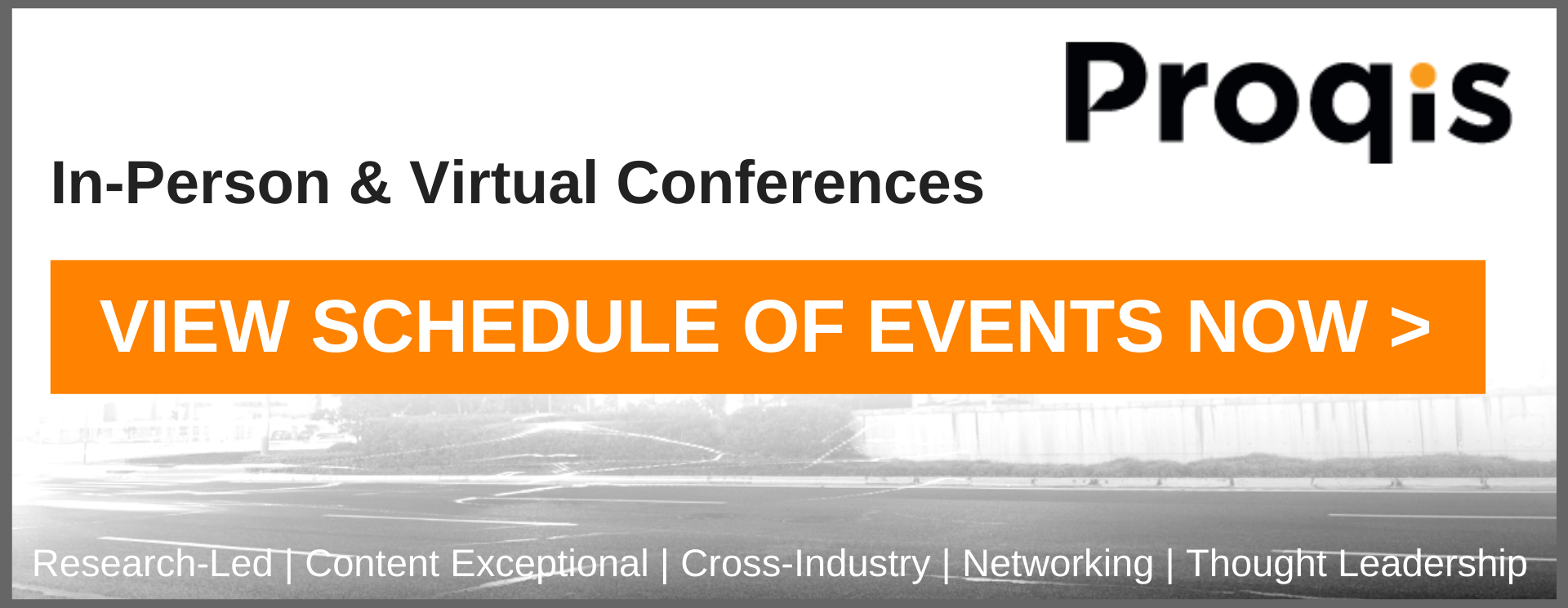


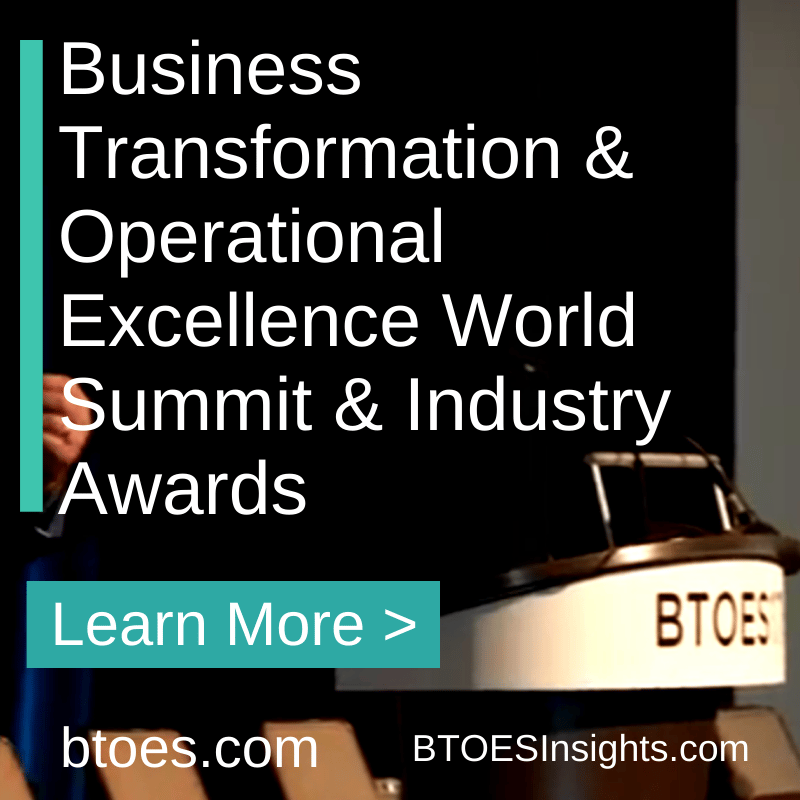
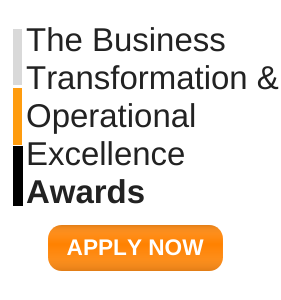

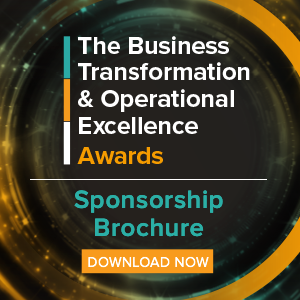
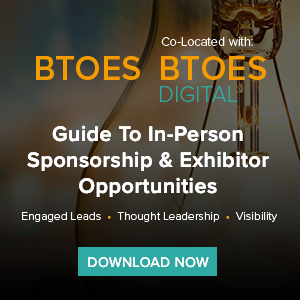

.png)

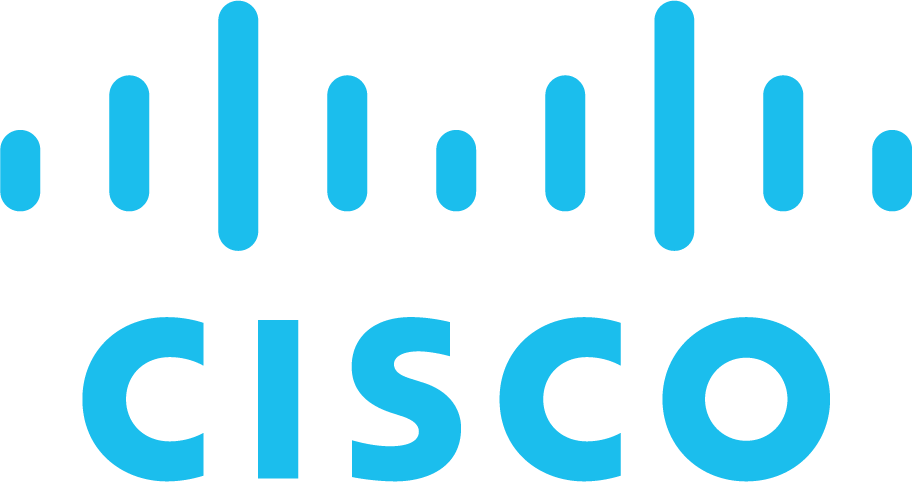
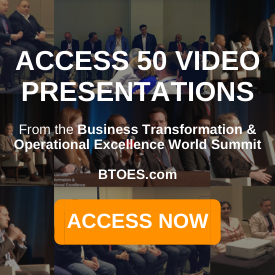
.png)
